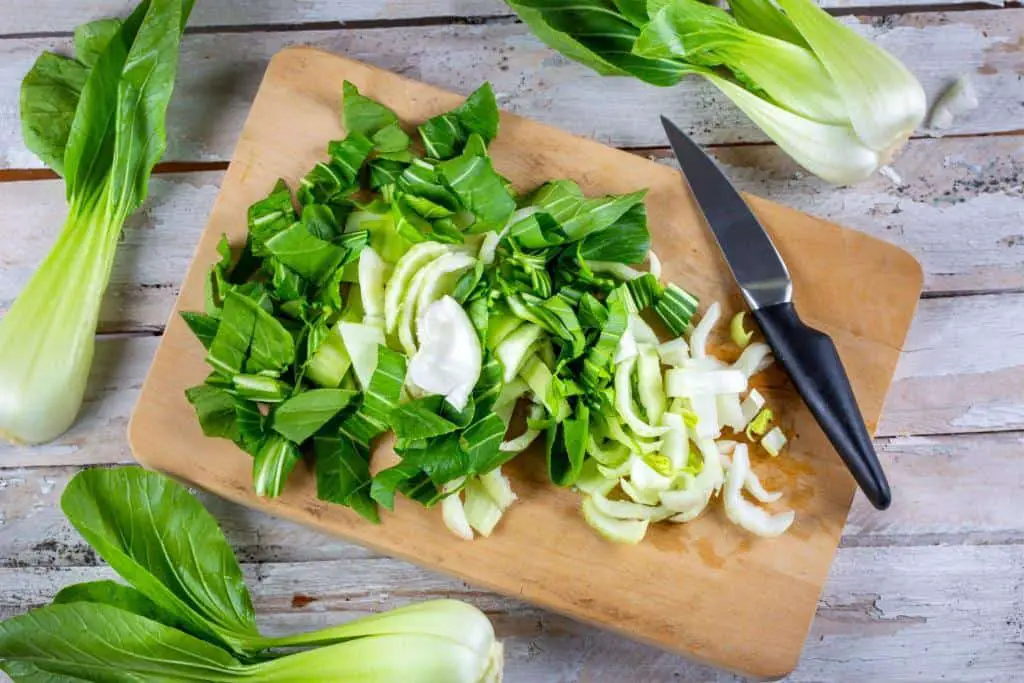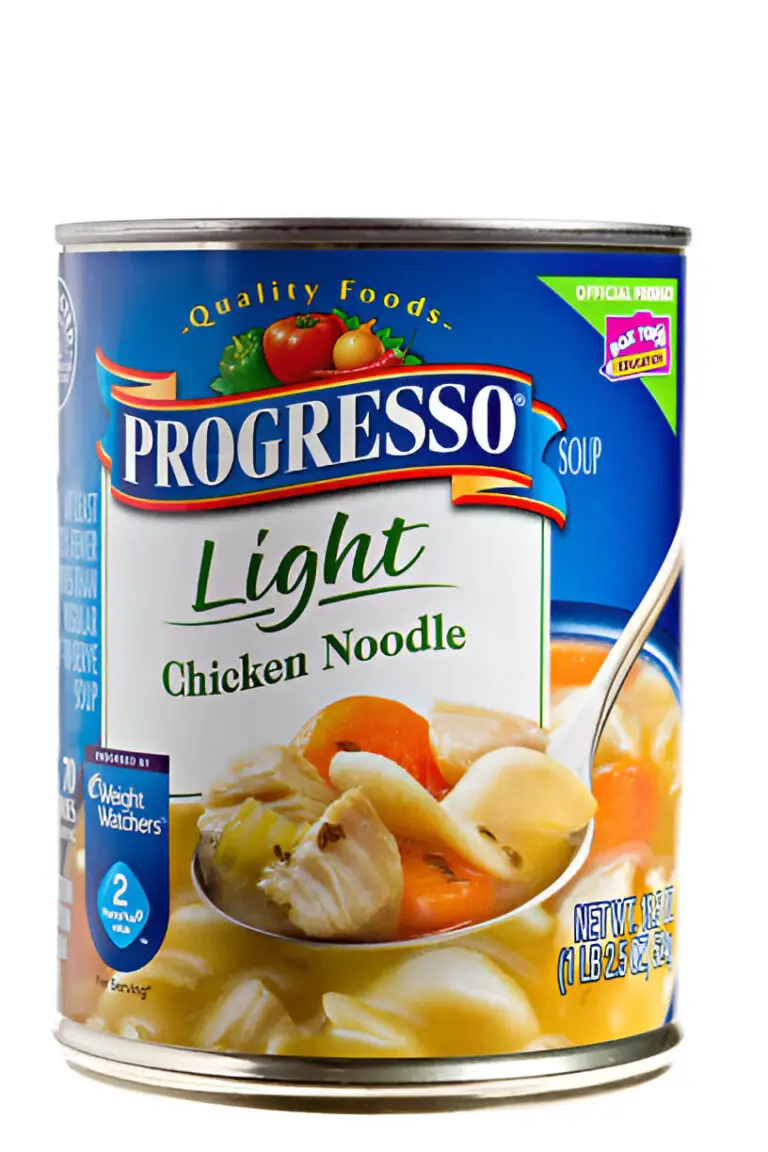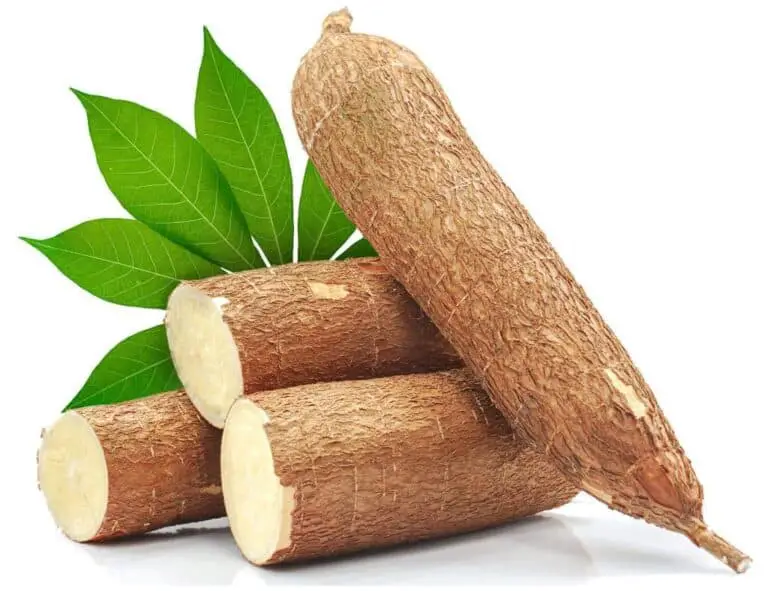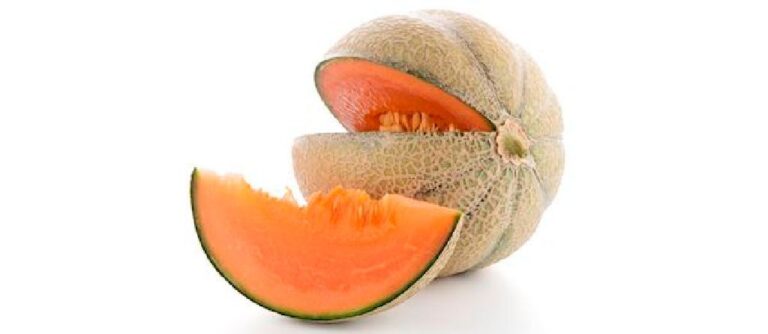What Part of Bok Choy Do You Eat and Use for Cooking? (Easy Guide)

Have you ever been at the grocery store, staring at a bunch of bok choy, and wondering which part of it is edible and how to cook it?
You’re not alone! Bok choy is a versatile vegetable that can be enjoyed in a variety of ways, but understanding its different parts can be a little confusing.
In this article, we will explore the question of what part of bok choy is edible and how to use it for cooking. We’ll delve into the nutritional benefits of this cruciferous vegetable and provide you with some tasty and creative recipe ideas.
So, let’s get started and learn all about this leafy green powerhouse!
Overview of Bok Choy and Its Parts
Bok choy, also known as Chinese cabbage or pak choi, is a member of the Brassica family. It is closely related to other cruciferous vegetables such as broccoli, cauliflower, and kale. This leafy vegetable has a thick white stalk and dark green leaves that are either smooth or crinkled. Bok choy can be found in different sizes, ranging from small to large.
Bok choy is grown all over Asia and has been a mainstay in Chinese cooking for hundreds of years. It is also becoming increasingly popular in Western countries due to its unique flavor and high nutritional value.
When selecting bok choy, it is important to choose fresh, crisp leaves and stalks that are free from yellowing or wilting. The size of bok choy can vary, with some varieties growing to several feet in height while others are much smaller.
Both the stalks and leaves of bok choy can be eaten and used in cooking. The stalks are thick and crunchy with a slightly sweet taste, while the leaves have a more delicate flavor and texture.
Nutritional Value and Health Benefit of Bok Choy
Bok choy is a leafy green vegetable that is not only delicious but also packed with essential nutrients. This cruciferous vegetable is a rich source of vitamins, minerals, and fiber that can provide a host of health benefits. Bok choy is low in calories and high in water content, making it an excellent option for those watching their weight.
The high concentration of vitamins and minerals in bok choy is one of its most important health benefits. It is an excellent source of vitamins A, C, and K, which are essential for maintaining healthy vision, skin, and bones. Additionally, bok choy contains a good amount of folate, calcium, and iron, all of which play critical roles in maintaining overall health.
Bok choy is also a good source of antioxidants, which help shield your cells from free radical damage. Antioxidants such as beta-carotene, vitamin C, and selenium can help reduce the risk of chronic diseases such as cancer, heart disease, and stroke.
Another nutritional benefit of bok choy is its high fiber content. Fiber is important for maintaining a healthy digestive system and can help regulate blood sugar levels. Bok choy is also rich in water, which can help you stay hydrated and improve your overall digestive health.
What Part of Bok Choy Do You Eat and Use?
Bok choy has several edible parts, including the leaves, stalks, and flowers. The most commonly consumed parts of bok choy are its thick, crunchy stems and wide, green leaves. They are used as part of bok choy and are often used in stir-fries, soups, and salads.
The stalks, which are thick and crunchy, are also edible and can be used in a variety of dishes, such as stews and stir-fries. The flowers, while less common, are also edible and can be used as a garnish or added to salads.
The stems of bok choy are often used in stir-fries, soups, and other Asian dishes. They have a crisp texture and mild flavor that can complement the other ingredients in the dish. The leaves of bok choy are also commonly used in cooking and are often added to salads, stir-fries, and soups.
It is important to note that both the stems and leaves of bok choy are edible. In fact, the leaves of bok choy are just as nutritious as the stems and are a great source of dietary fiber.
When preparing bok choy, you need to thoroughly wash the vegetable to remove any dirt or debris that may be present. The stems and leaves can then be separated and cooked according to your preference. Whether sautéed, boiled, steamed, or added raw to salads, bok choy is a delicious and versatile vegetable that can add flavor and nutrition to any meal.
Cooking Methods for Different Parts of Bok Choy
Bok choy is a versatile vegetable that can be cooked in a variety of ways. Depending on which part of the vegetable you are using, the cooking method may vary. Let’s take a look at the different parts of bok choy and the best ways to cook them.
- Bok choy leaves: The leaves of bok choy are tender and can be cooked quickly. You can stir-fry them, sauté them with garlic and oil, or blanch them in boiling water for a minute or two. You can also use them in salads or wraps.
- Bok choy stems: The stems of bok choy are crisp and juicy, and can be cooked in a variety of ways. You can stir-fry them, steam them, roast them, or grill them. They are also great in soups and stews.
- Baby bok choy: Baby bok choy is smaller than regular bok choy and is more delicate. It can be cooked in the same way as regular bok choy, but it cooks faster due to its size.
- Bok choy bulbs: The bulbs of bok choy are similar in texture to celery, and can be cooked in a similar way. You can use them in stir-fries, soups, stews, or casseroles. They can also be grilled or roasted for a unique flavor.
Creative Ways To Incorporate Bok Choy Into Your Diet
Bok choy can be incorporated into your diet in a variety of creative ways. Its crunchy texture and mild flavor make it a favorite ingredient in many Asian dishes. It can also be used in a variety of creative ways to add nutrition and flavor to your diet. Here are some ideas to get you started:
- Stir-fry: Bok choy is a popular ingredient in many stir-fry dishes. Simply chop up the leaves and stalks and stir-fry with other vegetables, such as bell peppers, carrots, and onions. Add some protein, like chicken or tofu, and season with soy sauce, garlic, and ginger for a tasty and healthy meal.
- Soup: Bok choy is also a great addition to soups, such as miso soup or vegetable soup. Chop up the leaves and stalks and add them to the soup for a boost of nutrition and flavor. Season it with herbs and spices of your choice and let it simmer until the bok choy is tender. The result is a nutritious and satisfying soup that is perfect for a chilly day.
- Salad: Bok choy leaves can be used in salads in place of traditional lettuce. Mix bok choy with other greens, such as spinach and arugula, and add your favorite toppings, like cherry tomatoes, cucumbers, and avocado. You can also add a protein source like grilled chicken or tofu to make it a complete meal.
- Smoothie: Believe it or not, bok choy can also be added to smoothies for an extra boost of nutrition. Blend bok choy with fruits like banana and berries, some almond milk or yogurt, and some honey or agave nectar for a refreshing and healthy smoothie.
- Baked: Bok choy can also be baked in the oven for a unique and flavorful side dish. Cut bok choy in half and brush with olive oil, then sprinkle with salt and pepper. Bake at 375°F for 20-25 minutes until tender and slightly browned.
- Grilled: Bok choy can be grilled for a delicious and slightly smoky flavor. Brush the leaves and stalks with olive oil and grill for a few minutes on each side until slightly charred. Season with salt and pepper and serve as a side dish.
- Wraps: Bok choy leaves can be used as a wrap for other ingredients, such as quinoa, vegetables, and hummus. Roll up the ingredients inside the bok choy leaf for a healthy and crunchy wrap that is also low in calories.
- Roasting. Simply drizzle it with olive oil and season it with salt and pepper before roasting it in the oven. The heat caramelizes the natural sugars in the vegetable, creating a slightly sweet and crunchy side dish that pairs well with fish, chicken, or beef.
Safety Precautions When Consuming Bok Choy
Bok choy can be safely consumed in a variety of ways. However, like any food, there are some safety precautions to keep in mind when preparing and consuming bok choy.
- Firstly, properly wash the bok choy leaves and stems before consuming them. This helps to remove any dirt, debris, or bacteria that may be present on the surface of the vegetable. To do this, rinse the bok choy leaves and stems thoroughly under cool, running water. You can also use a vegetable brush to gently scrub the surface of the stems if needed.
- Make sure that the bok choy is fresh and free from any signs of spoilage. Look for leaves and stems that are crisp and vibrant in color, with no signs of yellowing or wilting. If the bok choy has a slimy or mushy texture, or a foul odor, it should be discarded.
- When cooking bok choy, use proper food handling techniques to avoid cross-contamination with other foods. This means using separate cutting boards, knives, and utensils for bok choy and other ingredients, and washing your hands thoroughly before and after handling the vegetable.
- Finally, if you have a known allergy to other cruciferous vegetables such as broccoli or cauliflower, it is possible that you may also have an allergy to bok choy. In this case, it is important to avoid consuming bok choy or to speak with a medical professional before doing so.
By following these safety precautions, you can safely and confidently enjoy the many health benefits of bok choy in your meals.






